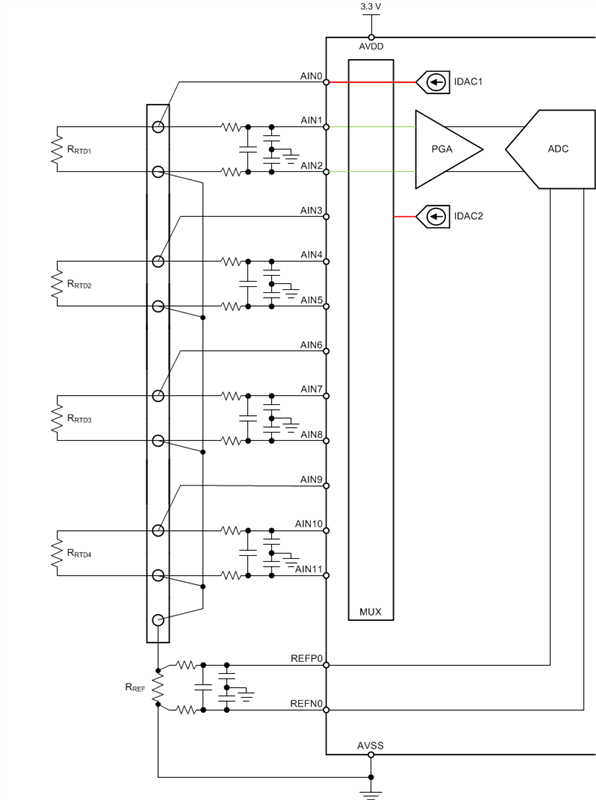Other Parts Discussed in Thread: ADS1148, ,
The ADS114S08 appears to be a new/improved version of the ADS1148. Should I consider the ADS114S08 first for new designs? Also, is this ADC preferred for a combination of both single-ended and differential measurements? We will be reading 4 wire RTDs, a 4-20mA signal (by measuring voltage across a shunt resistor), and a 0-5V signal (scaled with a voltage divider to fit within the allowable input voltage range of the ADC). Which ADC is best for this application?
Thanks,
Tim


